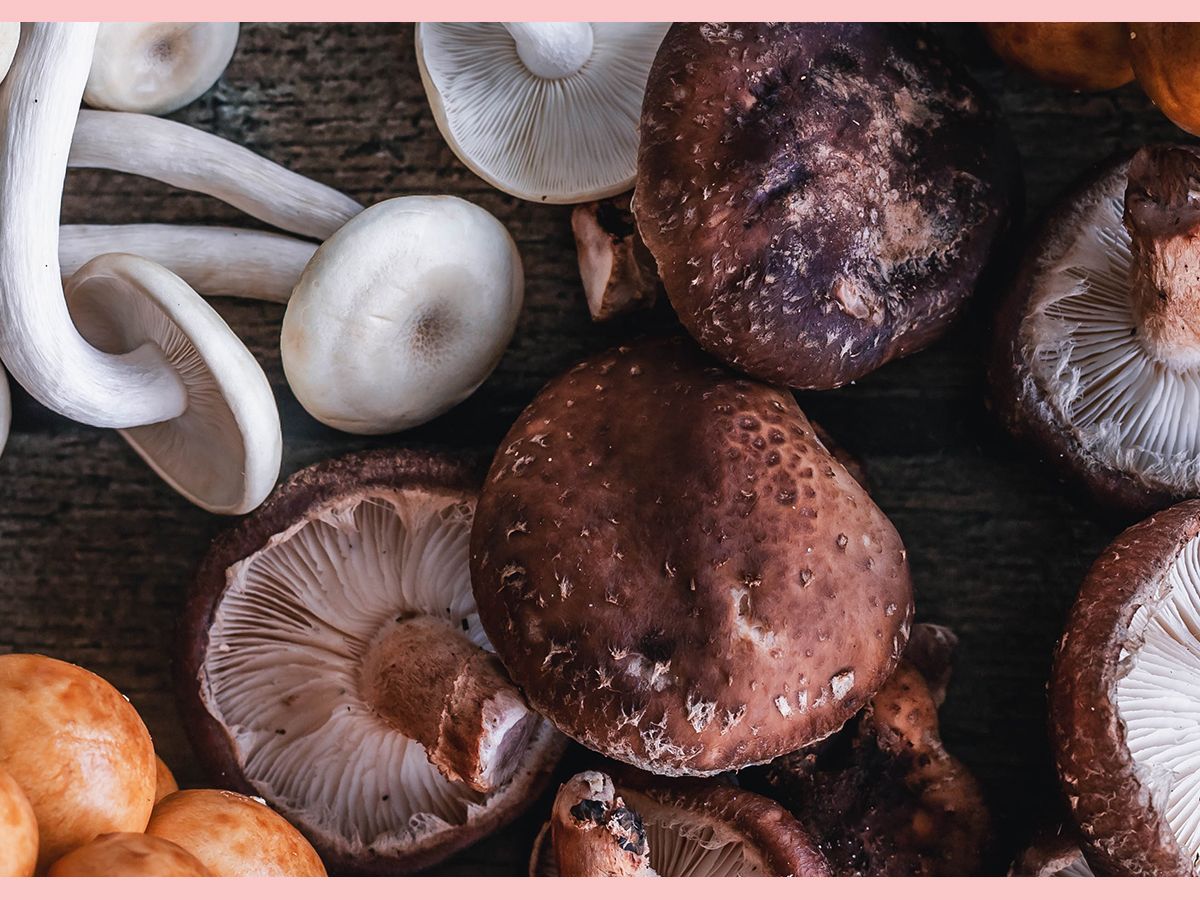Red chili is a type of chili pepper that is generally used for its spicy flavor. It is usually red or orange in color and has a thick consistency. Red chili peppers are typically dried, but they can also be fresh. Red chili peppers are popular in many countries because of their various uses and benefits. They are used in many dishes, including chili, salsa, and chimichurri sauce.
What is red chili, what are its uses, and what are its benefits?
Red chili is a type of hot pepper that is commonly used in cooking because of its distinct, spicy taste. This pepper contains a high amount of capsaicin, which is responsible for its heat and pungency. Red chili can be used fresh, dried, or powdered and is often added to dishes such as soups, stews, curries, sauces, and marinades.
Aside from adding flavor to food, red chili also has several health benefits. It has been found to improve digestion by increasing the production of gastric juices and promoting bowel movements. Additionally, it may help reduce inflammation in the body due to its anti-inflammatory properties. Some studies have shown that red chili may even help improve heart health by reducing cholesterol levels and preventing blood clots.
While red chili has many benefits, it should be consumed in moderation as excessive consumption can lead to side effects such as stomach irritation or ulcers. Overall though, with proper usage and moderation, red chili can add both flavor and health benefits to your meals.
Side effects of red chili: How common are they, and what can you do if they occur?
When it comes to consuming red chili, some side effects are common. These include a burning sensation in the mouth or on the skin, sweating and flushing of the face, and an upset stomach. However, these side effects are typically mild and temporary. Most individuals can tolerate red chilies without any adverse reactions.
In some cases, more severe side effects may occur. These can include allergic reactions such as hives or difficulty breathing, or gastrointestinal issues such as vomiting or diarrhea. If you experience any of these symptoms after consuming red chili, you should seek medical attention immediately.
To prevent potential side effects from consuming red chili, it is recommended that individuals start with small amounts and gradually increase their intake over time. Additionally, removing the seeds and membranes from the chili can reduce its spiciness and make it easier to tolerate for those with sensitive stomachs or mouths. Overall, while some mild side effects may occur when consuming red chilies, they are generally safe for most people to consume in moderation.
Uses of red chili: What are some common recipes that call for it?
wellhealthorganic.com:red-chilli-you-should-know-about-red-chilli-uses-benefits-side-effects, Red chili is a versatile spice that can be used in various recipes to add heat and depth of flavor. One of the most popular recipes that call for red chili is chili con carne, a meat stew made with ground beef, tomatoes, kidney beans, onions, and spices. Red chili powder adds a smoky and spicy taste to the dish while balancing out the sweetness of tomatoes.
Another recipe that benefits from the addition of red chili is Thai curry. Red curry paste is made with red chilies, garlic, lemongrass, ginger, and other spices that give it a complex flavor profile. The paste can be used to make different types of curries like chicken or vegetable curry by adding coconut milk and vegetables or proteins.
Lastly, salsa is another common recipe that calls for red chili. Salsa can be made using fresh or canned tomatoes along with chopped onions, cilantro leaves, lime juice, and hot pepper flakes or fresh diced jalapenos or serranos for added heat. A pinch of red chilli powder brings an extra depth of flavor without overpowering other ingredients in this dish.
Summary: What are the key takeaways from this article?
Red chilli is a popular spice that is commonly used in various cuisines globally. It not only adds flavor to dishes but also offers several health benefits due to its active component, capsaicin. Some of the most significant benefits of consuming red chilli include reducing inflammation, aiding digestion, boosting metabolism, and providing pain relief.
However, it’s essential to consume red chilli in moderation since excessive use can lead to side effects such as heartburn, stomach pain and skin irritation. Additionally, people with certain medical conditions should avoid or limit their intake of this spice altogether. These conditions include acid reflux disease, irritable bowel syndrome, and bleeding disorders.
In conclusion, red chilli is a versatile ingredient that offers numerous health benefits when consumed appropriately. Whether you’re looking to add some heat to your meals or improve your overall health, incorporating this spice into your diet can be a great way to do so. Just remember always to consume it in moderation and consult with a healthcare professional if you have any concerns regarding its safety for your specific situation.
Read Also…wellhealthorganic-com-benefits-of-ashwagandha-in-hindi
















